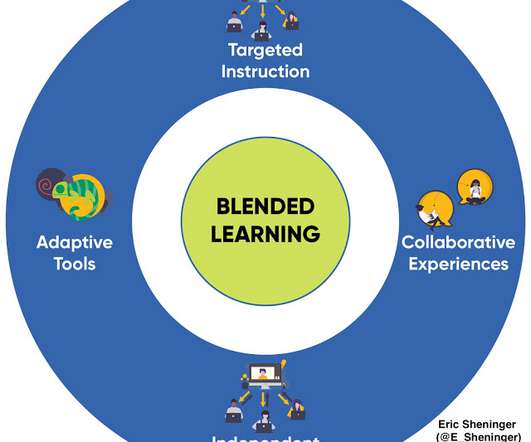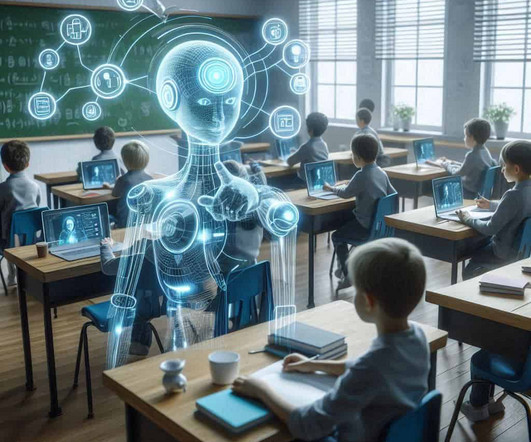Blending with the Station Rotation Model
A Principal's Reflections
JULY 18, 2021
As I transitioned from the principalship to supporting districts and schools, I learned that blended learning was a powerful pedagogical strategy that could unleash students' potential while meeting their diverse needs. However, I most commonly see three or four. Keep in mind that there are many ways to set up this model.






































Let's personalize your content